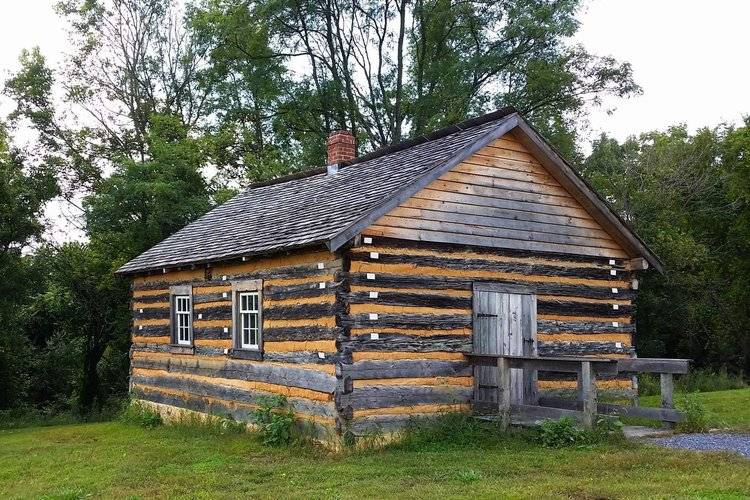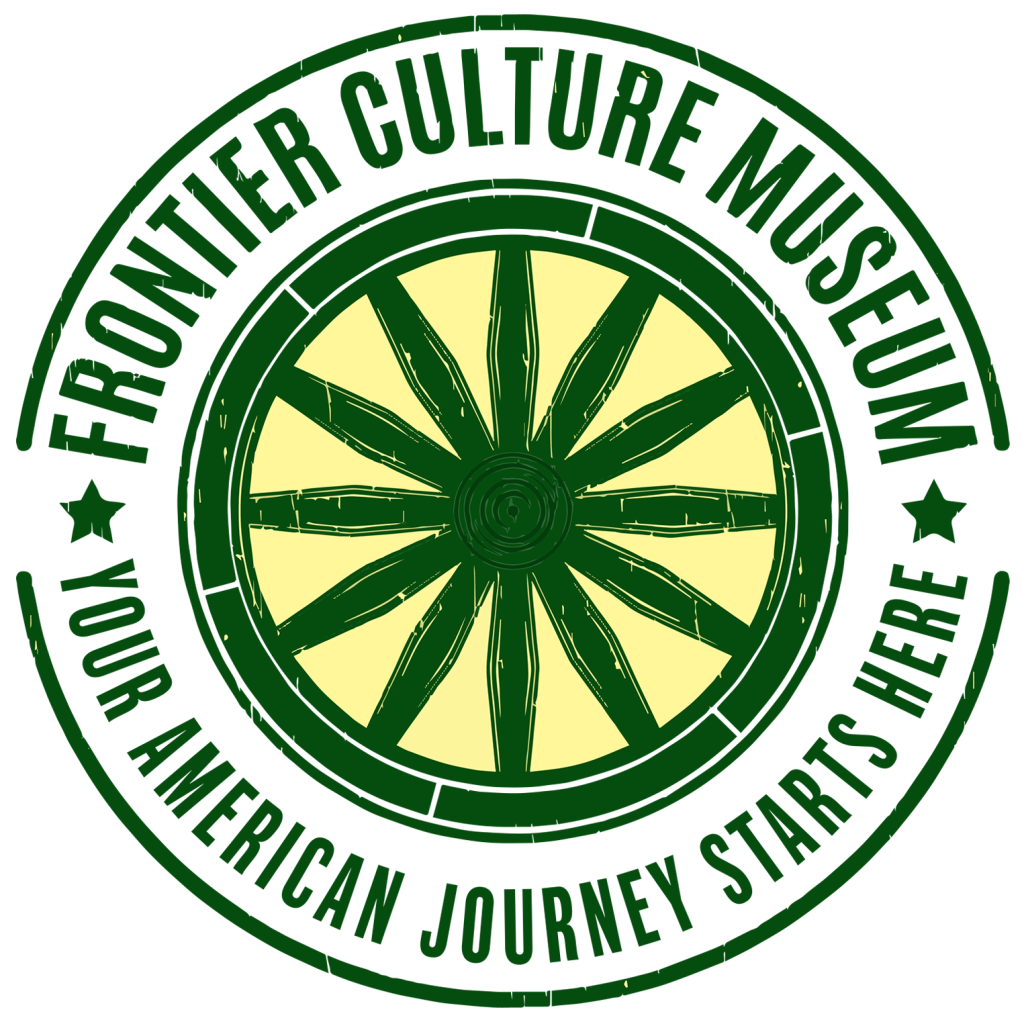Lecture Series
African-American Church, 1860s

Based on what is known about the church at the museum, this building was the original place of worship for the Mount Tabor United Methodist congregation near New Hope, Virginia. The congregation’s oral tradition says that the log church was constructed by enslaved African Americans before 1850. It may have served as a school for local African American families in the area during the post-war, Jim Crow, and Segregation periods.
Religion played an important role in the lives of many African Americans before and after slavery was abolished. When possible, African Americans created a physical and spiritual space for themselves claiming autonomy during a time when the dominant forces of society denied them their humanity.
The spiritual well-being of enslaved African Americans was generally not of great concern to their enslavers. The idea of Christian slaves created uncomfortable questions for white enslavers and made them reluctant to expose the people they held in bondage to Christian ideas. It was well after the American Revolution before some Protestant denominations became actively concerned with the salvation of enslaved African Americans, and the then emerging Methodist Episcopal Church was among the leaders in ministering to African Americans, both free and enslaved.
Not all Methodist congregations were welcoming of African Americans, particularly when white members found the enthusiastic style of worship often associated with African Americans disturbing and distracting. Tension in congregations led to a range of solutions. These included holding services at separate times for African Americans or constructing a separate building for Black members. In both cases enslaved people needed the consent of their enslavers and the white community. They were also supervised by white ministers or lay leaders.
Slavery led to a rift in the Methodist Episcopal Church in the 1840s. Abolitionist forces in the Church became increasingly uncompromising with members who were enslavers, and sought to expand the prohibition on enslaving to the general membership. This resulted in a division between northern and southern branches.
Another division occurred in Methodist congregations with African American members after the Civil War. Either the African American members left the church to establish their own congregations, sometimes leaving the Methodist Episcopal Church altogether, or they were encouraged (or made to leave) to establish independent congregations.
Mount Tabor seems to also represent a very widespread phenomenon that unfolded in the South in the decade or so after Emancipation. Formerly enslaved people either stayed in the country neighborhoods they had always known or relocated and formed new communities in rural areas.
By forming their own congregations these African American were demonstrating independence, self-reliance, and a capacity for reinvention, all of which are characteristic of American frontier culture.
